Hedge-cutting season is getting under way now. Over the past 15 years, there have been thousands of miles of hedgerows planted on farms across the country, incentivised by schemes such as REPS, AEOS and now Glas. Catherine Keena says routine hedge-cutting is required to retain a dense base in a hedgerow and prevent woody species growing into mature trees. She says hedges are a great habitat for birds and other wildlife but they are less effective if they are allowed to go out of control.

The hedge pictured is on the Teagasc Kildalton farm and was planted in 2006 and has now matured, ready for cutting and shaping. Catherine says when cutting a 10-year-old hedge you should now be able to remove the fence that was erected originally for its protection. “One of the main reasons we sow a hedge is to create a fence; this hedge should now be strong enough to be stock proof,” according to Catherine. The two strands of electric wire on either side of the hedge were removed which made it much easier for the hedge cutter to do a better job.

A flail hedgecutter was used to cut the hedge. A flail was fine here because the material to be cut was no more than 12mm in diameter. Heavier material may require the use of a saw for a clean cut. Catherine says a hedge like this should be left wider at the base and narrower at the top. This method allows more light into the base, encouraging heavier growth which should in turn leave a stronger fence at the base of the hedge.

Catherine says to allow the peak to be as high as is practical, the taller and bulkier the better for wildlife. Birds prefer to nest in bulkier vegetation that provides better protection for their chicks. Most farmers prefer to cut the hedge into a box shape. However, this can lead to self-shading and the hedge will likely become patchy over time.

Cutting hedges can reduce the quantities of flowers and berries available for bees and birds. Of course, the hedge has to be cut and maintained so that it can fulfil its primary function as a fence and a home for wildlife. As a compromise, by leaving individual whitethorns grow up in the trimmed hedgerow and develop into a tree you will provide a vital source of haws for birds and flowers for insects and pollinators, they also provide song-posts and vantage posts for birds. Two individual whitethorn trees in a 100-yard hedgerow is ideal.
Hedge-cutting season
Farmers are free to cut hedges from 1 September to 1 March. Unless for reasons such as health and safety, farmers should be aware that hedge-cutting is in breach of the Wildlife Act 1976 (amended 2000) outside this period.
Level of cut
Cut stems a little above the last cut, leaving up to 12mm of new growth. When cut, dormant buds below the cut are stimulated to burst. Almost all new growth comes from within a few centimetres of the cut. This results in a dense mass of new shoots and a vigorous hedgerow. Cutting back to the same level each time depletes the energy in the hedgerow. It uses its energy growing a small number of long shoots, rather than a dense mass of shoots. Repeated cutting at the same level forms scar tissue on the cut, discouraging new growth.
Safety
Mechanical hedge-trimming is dangerous. Ensure machinery and equipment are in safe working order. Always consult operators’ manuals. Keep safety guards in place. Ensure operators are competent and work in a safe manner. Watch out for bystanders.
Unwanted trees
Topping a hedgerow containing thorny and smoothstem species favours the growth of the smoothstems. Consider removing unwanted trees at ground level. Paint the cut stump immediately with glyphosate to prevent regrowth. Trees such as ash, sycamore, beech or chestnut, which cast a dense shade, weaken hedgerows.









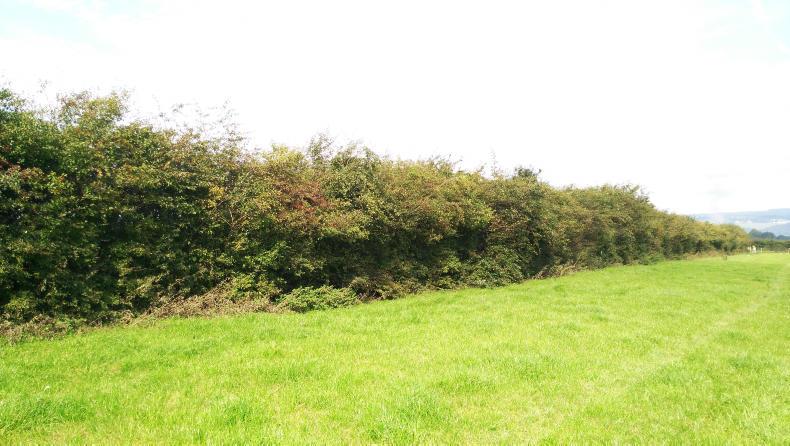
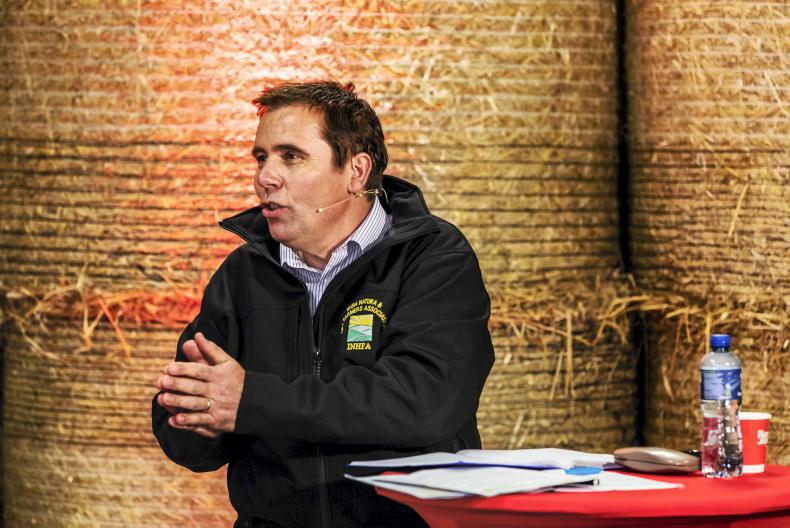

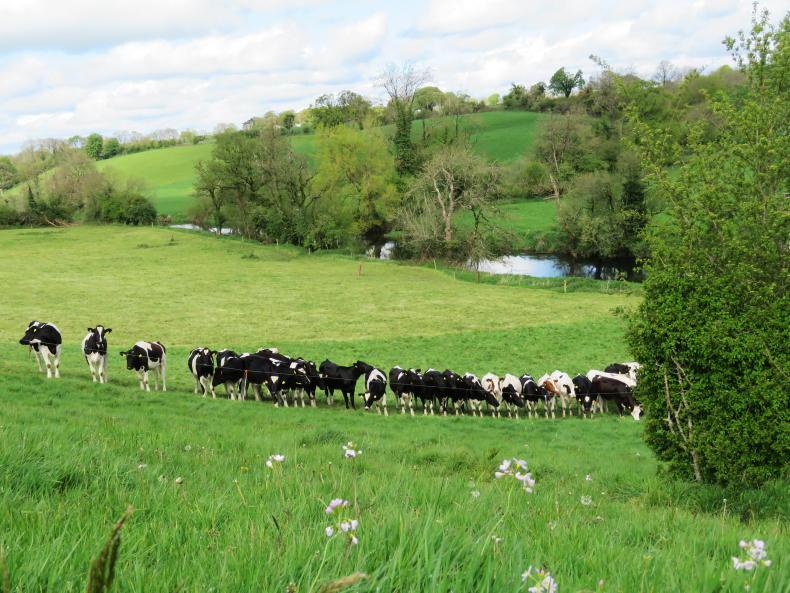
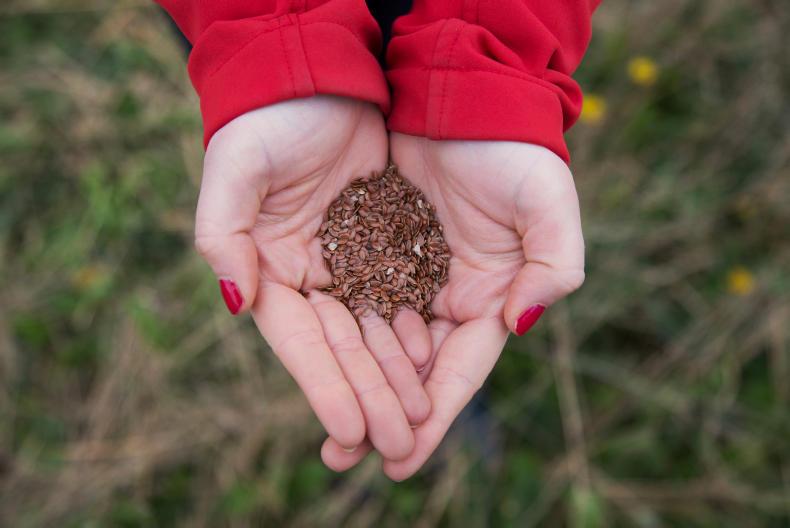
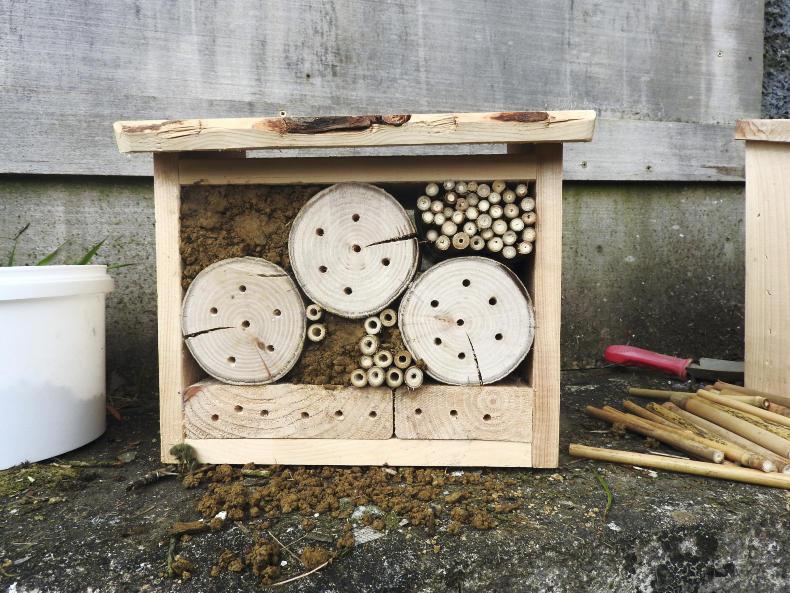
SHARING OPTIONS